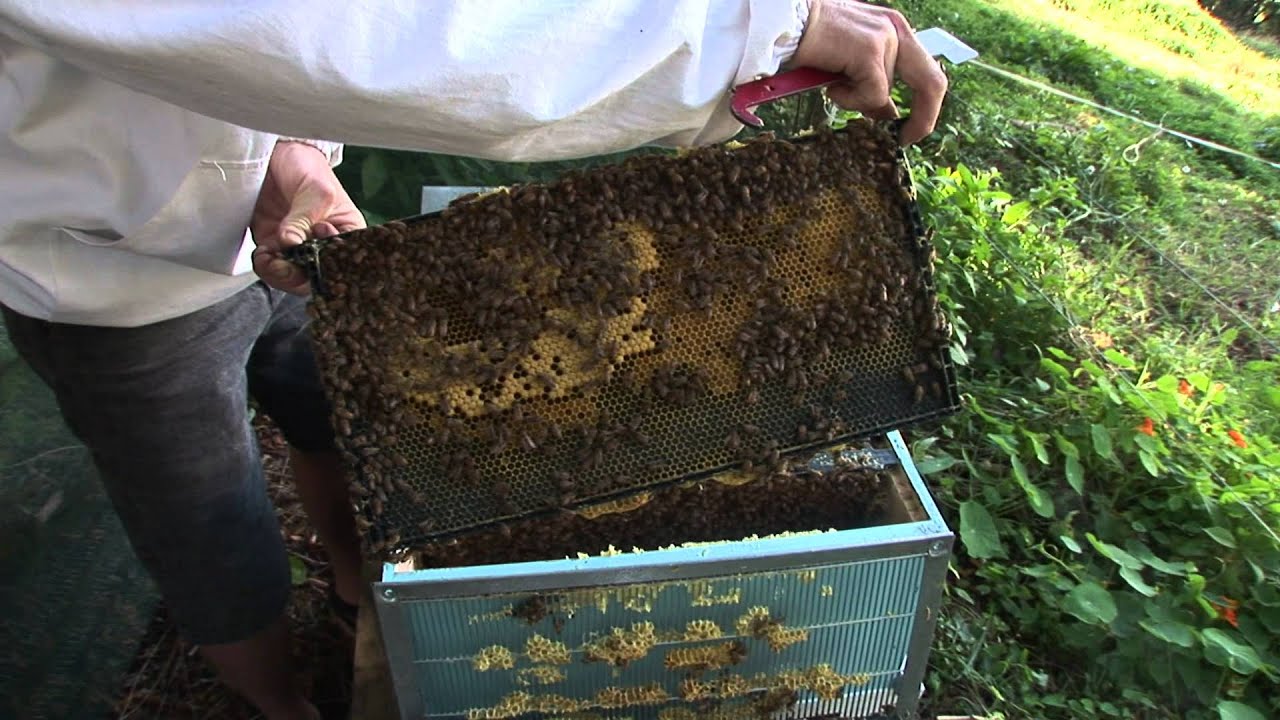Attracting hummingbirds to our gardens is a magical experience, but it often comes with the unwanted attention of bees. These buzzing insects can overtake feeders intended for the delicate birds. Keeping bees away from hummingbird feeders is essential for the safety of the birds and the enjoyment of birdwatching.
Finding the balance between welcoming hummingbirds and deterring bees can be tricky, but it’s possible with some smart strategies. This article will explore several effective methods to ensure that your hummingbird feeders remain exclusive to your feathered friends.
How to keep bees away from hummingbird feeders – our tips
Saucer feeders are a popular choice for those looking to reduce bee interference. Their design makes it difficult for bees to reach the nectar, while hummingbirds’ longer tongues can access it with ease. These feeders should be placed in the shade to further discourage bees, who prefer sunny spots.
Another tactic involves bee guards, which are small plastic mesh caps that fit over the feeder’s feeding ports. They are designed to allow hummingbirds to feed while keeping bees out. Also, ensuring that your feeders do not have any yellow elements can help, as bees are attracted to this color.
Regular maintenance is key. Leaks and spills should be cleaned promptly to avoid attracting bees. Additionally, having multiple feeders spread out can prevent bees from crowding a single source of nectar.
Moving your feeders occasionally can also help. Bees tend to return to the same food sources, so changing the feeders’ locations can throw them off the trail.
Last but not least, creating a separate feeding station for bees can divert them from your hummingbird feeders. This can simply be a dish of sugar water placed away from the area where you observe hummingbirds.
Keep bees and wasps away with saucer feeders
Saucer feeders are not only good for keeping bees at bay but also deter wasps. Their design prevents bees and wasps from reaching the nectar while allowing hummingbirds to feed without obstruction.
The use of saucer feeders can be paired with other methods such as hanging your feeders with fishing line, which is too thin for ants and bees to climb. Additionally, the use of ant moats filled with water can serve as a barrier against crawling insects.
It’s also crucial to select the right location for your saucer feeders. A shaded area away from bee-attracting flowers can provide an ideal spot that is less appealing to bees.
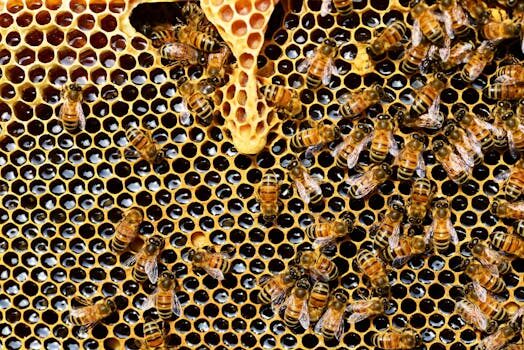
By integrating saucer feeders into your garden, you create an environment that is welcoming to hummingbirds while being a natural deterrent to bees and wasps.
How do bee guards for hummingbird feeders work?
Bee guards are a simple yet effective solution for keeping bees away from your hummingbird feeders. They work by creating a barrier that only hummingbirds can bypass due to their long beaks and tongues.
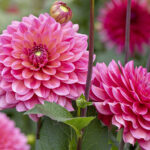 Best rabbit-repellent plants: 14 top choices for your garden
Best rabbit-repellent plants: 14 top choices for your gardenThese guards typically come in the form of small plastic mesh covers that are placed over the feeding ports. While bees and other insects are unable to penetrate the guard, hummingbirds can easily reach through the mesh to access the nectar.
It’s essential to regularly clean these bee guards as they can get clogged with nectar and debris, which can prevent even hummingbirds from feeding. Keeping them clean also ensures they remain effective at deterring bees.
Installing bee guards is a humane method that does not harm the bees but simply redirects them to other sources of food, maintaining the balance of the ecosystem.
What are the best natural methods to keep bees away?
There are several natural methods to keep bees away from hummingbird feeders, which are both eco-friendly and non-harmful to bees:
- Plant bee-friendly flowers away from the feeders to provide alternative nectar sources for bees.
- Use natural bee repellents such as mint, which can be planted around the feeders or applied in the form of essential oils.
- Ensure your feeders do not have yellow coloring, which is known to attract bees.
These methods respect the environment and the important role bees play as pollinators while protecting the peaceful feeding of hummingbirds.
How to create an eco-friendly garden for hummingbirds?
Creating an eco-friendly garden for hummingbirds goes beyond just providing feeders. It involves planting a variety of nectar-rich plants that not only attract hummingbirds but also cater to the needs of bees and other pollinators.
Using organic gardening practices without pesticides and insecticides helps to maintain a healthy habitat for hummingbirds and bees alike. It’s important to provide shelter and nesting spots for hummingbirds to make your garden a haven for them.
Water features such as a misting fountain or a simple birdbath can offer hummingbirds a place to bathe and drink, further encouraging their presence in your garden.
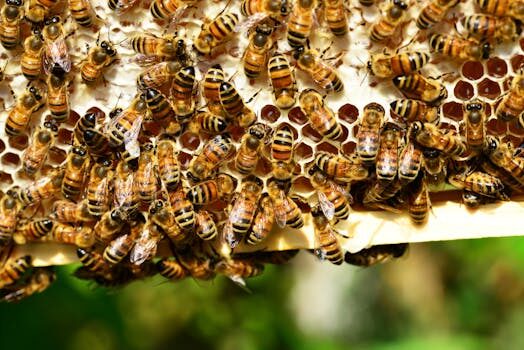
An eco-friendly garden benefits all wildlife and contributes to biodiversity, creating a balance that allows hummingbirds to thrive alongside other creatures.
Why should you avoid harmful substances near hummingbird feeders?
It’s crucial to avoid harmful substances such as pesticides, herbicides, and other chemicals near your hummingbird feeders. These substances can contaminate the nectar and harm the delicate birds.
Harmful substances not only affect hummingbirds but also disrupt the ecosystem. They can kill beneficial insects like bees and butterflies that are vital pollinators.
Instead, opt for eco-friendly solutions that are safe for all wildlife. This ensures that your garden is a refuge for hummingbirds and other beneficial creatures.
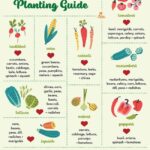 Best companion plants for strawberries: flowers, herbs and veg to grow alongside strawberries
Best companion plants for strawberries: flowers, herbs and veg to grow alongside strawberriesBy avoiding chemicals, you contribute to the conservation efforts that protect these species and ensure a healthier environment for all.
What are the benefits of using alternative nectar sources?
Offering alternative nectar sources, such as bee-friendly plants, has multiple benefits:
- It helps to reduce competition at hummingbird feeders by providing bees with their own feeding spots.
- It encourages a diverse range of pollinators to visit your garden, which is beneficial for plant reproduction.
- It supports the natural foraging behavior of bees and hummingbirds, promoting a healthier ecosystem.
By integrating alternative nectar sources, you create a balanced environment where both hummingbirds and bees can coexist peacefully.
Understanding the balance between hummingbirds and bees
Understanding the balance between hummingbirds and bees is key to creating a harmonious garden. Both are crucial pollinators and play a significant role in the ecosystem.
By using thoughtful strategies to keep bees away from hummingbird feeders while also respecting their need for nectar, we can enjoy the beauty of hummingbirds without disrupting the important work of bees.
Remember, the goal is not to eliminate bees but to ensure that both hummingbirds and bees have their own spaces to feed and thrive in your garden.
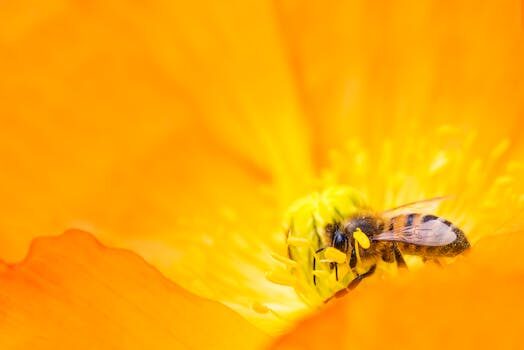
Questions related to keeping bees away from hummingbird feeders
How do I keep bees away from my hummingbird feeder?
To keep bees away from your hummingbird feeder, use a combination of saucer feeders, bee guards, and natural deterrents. Regularly cleaning and moving your feeders can also prevent bees from homing in on them.
It’s also effective to provide alternative nectar sources for bees in a different part of your yard, ensuring they’re less likely to invade the feeders meant for hummingbirds.
What are the best bee guards for hummingbird feeders?
The best bee guards are those that fit securely over the feeder ports and have a fine enough mesh to keep bees out while allowing hummingbirds to feed. They should be easy to clean and durable to withstand outdoor conditions.
Can I use essential oils to deter bees from hummingbird feeders?
Yes, certain essential oils like peppermint and lemongrass can deter bees when applied around hummingbird feeders. However, they should be used sparingly and reapplied frequently, as their effectiveness diminishes over time.
What should I avoid when setting up hummingbird feeders?
When setting up hummingbird feeders, avoid using yellow decorations, placing feeders near bee-attracting flowers, and using harmful substances like pesticides. Also, steer clear of feeders that are prone to leaking, as this will attract bees.
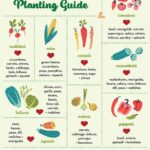 Best companion plants for broccoli: add these herbs, flowers and veg to your garden
Best companion plants for broccoli: add these herbs, flowers and veg to your gardenHow often should I clean my hummingbird feeders?
Hummingbird feeders should be cleaned at least once a week to prevent mold growth and to deter bees. In hot weather, cleaning may need to occur more frequently to ensure the nectar remains fresh and safe for the birds.

